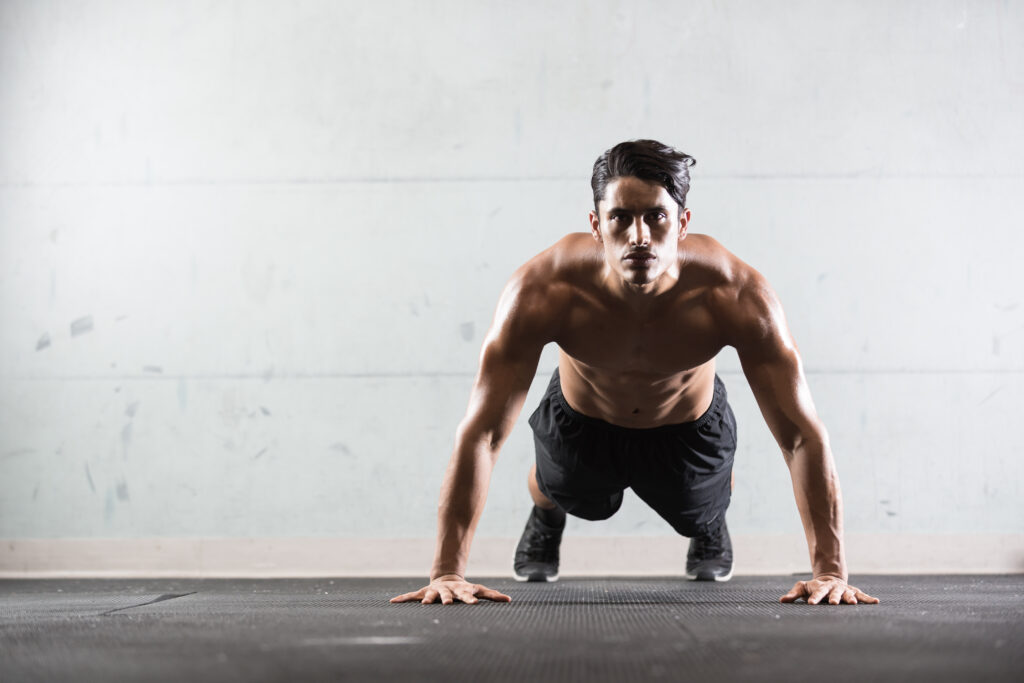You might be focused on your arms, abs, and everything else you can see in the mirror when you hit the gym, but if you want to be really strong (and balanced, if muscularity is your training goal), you’re also going to need to focus on your back.
In order to build back strength, you’ll have to be able to pull weight. Men’s Healthfitness director Ebenezer Samuel, C.S.C.S. turns to the half-iso incline row, one of his all-time favorite finishers to hone his pull. “This series is all about building unilateral strength and stability through your mid-back and core by constantly changing the demands on those areas of your body,” says Samuel. “It’s also going to give you a chance to own your pull in ways that will improve your performance in both standard rows and pullups. Take it light on this series because the rep load and time-under-tension load are both more intense than you may think.”
That detail about the other popular, effective back exercises—standard rows and pullups—warrants a bit more explanation, since you’ll want to implement those moves in a typical back-centric training split.
Watch the full workout below
“Most people are weakest and most inefficient at the top of both movements,” Samuel says. “They try to escape that by not living at the top of the movement, by getting a chin above the bar or barely staying at the top of a barbell or dumbbell row for more than a moment. Here [during the half-iso incline row] you’re forced to live in the top of that incline row for ever-increasing time, and because of the nature of the incline row, you can’t cheat in that position; you’ll know if you do cheat because your chest will pop off the bench. The only way you survive, then, is by continuing to pull upwards in the plane of your incline row pull, continuing to hammer your rhomboids and your lower lats in the process.”
RELATED: The Beast Is Back: Your Guide To Serious Back Muscle
An added bonus of the finisher: Training the rhomboids and lower lats are highly beneficial for both posture and long-term shoulder health.
To take on the half-iso incline row, you’ll need an adjustable bench and a set of dumbbells. If you need a set of weights for home, check out this option from Bowflex.
- Get on the incline bench in a strong front-facing position, resting your chest on the bench and bracing your glutes and core. Hold a dumbbell in each hand.
- Squeeze your back to perform a row rep, pulling both dumbbells.
- Hold that row squeeze with one arm in the top position. Perform a single-arm row rep using the other.
- Lower both dumbbells to the starting position, then repeat the process, performing the single-arm row with the arm that held the squeeze during the first rep.
- Row up with both arms again, then hold the row squeeze with one arm while performing 2 row reps with the opposite. Even out the set with 2 reps on the other side after lowering and re-rowing both dumbbells.
- Continue the series, adding a rep each time through. Work your way up to 4 reps for each arm.
Your core will also take on strain, according to Samuel, since you’ll be dealing with anti-rotation from a new position. “You’re working to keep your core as balanced as possible from that incline bench, while maintaining an iso-hold squeeze on one side and doing row reps on the other,” he says.
Finish off your back workouts with the half-iso incline row for 3 sets of the series. F
This article originally appeared on Men’s Health












